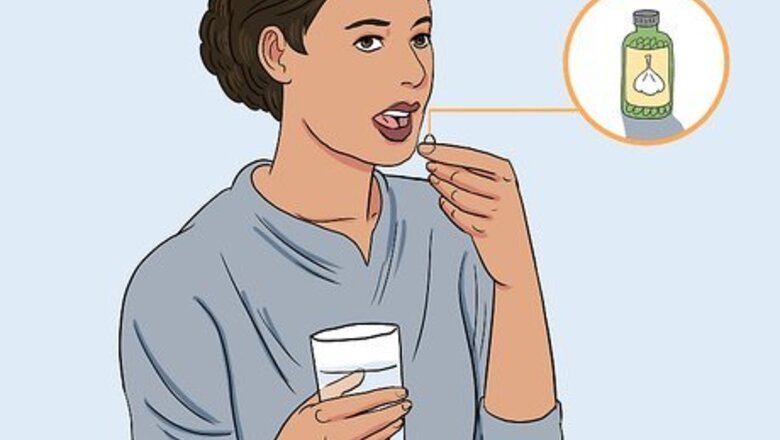
views
Unverified Natural Treatments
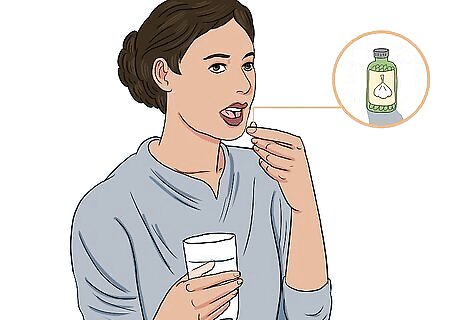
Take garlic tablets to fight the infection. This might sound strange, but there’s some evidence that garlic tablets can fight bacterial vaginosis as well as some medications. If you’d like to try this for yourself, try taking a 500 mg garlic supplement twice a day for 7 days to see if this helps you. Never use undiluted essential oils on your skin. This can cause irritation and inflammation.
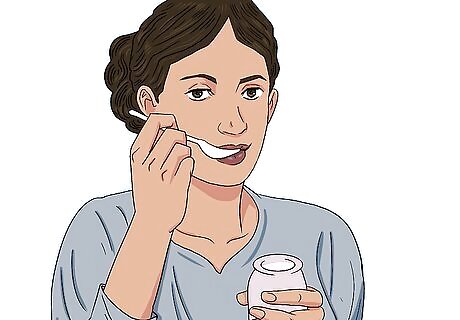
Get more probiotics in your diet. Your vagina needs good bacteria, especially Lactobacillus, to stay healthy, and a shortage of this bacteria could trigger bacterial vaginosis. While it’s not definitive, there is evidence that getting more probiotics in your diet can help fight and prevent infections. Getting more probiotics doesn’t have many side effects, so you can try and see if this works for you. Good probiotic foods include yogurt, miso, kefir, tempeh, sauerkraut, kimchi, and pickles. You can also take probiotic supplements with Lactobacillus to get a higher dose.
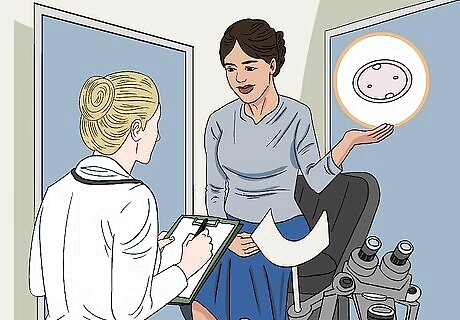
Ask your doctor about using a vaginal pessary that contains tea tree oil. Tea tree oil is a natural antibacterial, and some evidence shows that it can kill harmful bacteria without hurting the healthy bacteria in your vagina. Ask your doctor about coating a pessary, or a vaginal insert to support your vagina's structure, with a weak 0.5% concentration of tea tree oil and inserting it into your vagina see if this helps kill the bacteria. Don’t try this without asking your doctor first. Using the wrong medication in your vagina could be harmful. You may need your doctor to make a custom pessary to fit you properly.
Approved Treatments
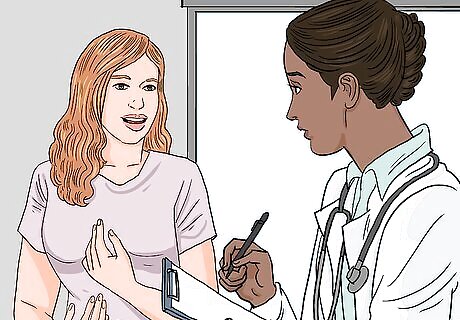
Visit your doctor for a diagnosis. Bacterial vaginosis can seem similar to other infections, so it’s important to see your doctor or gynecologist for an exam if you have any type of vaginal infection. The main symptoms of bacterial vaginosis are gray, white, or green discharge, burning and itching, and a fishy odor. It’s also possible to have a fever. Call your doctor and make an appointment if you see any of these symptoms. Bacterial vaginosis sometimes doesn’t have any major symptoms. You may only notice a fishy smell after sex. During the exam, your doctor will probably take a culture from your vagina and test it. This should confirm if you have bacterial vaginosis.

Take the oral antibiotics that your doctor prescribes. A round of antibiotics is the most common treatment for bacterial vaginosis. This clears up most infections without further problems. Common medications your doctor might prescribe include metronidazole and tinidazole. Take the prescribed medication exactly as your doctor directs you to. Antibiotics might upset your stomach if you drink alcohol while taking them, so don’t drink from the time you start the medication until 1-3 full days after you stop. Don't stop taking antibiotics before you’re supposed to, even if you’re feeling better.
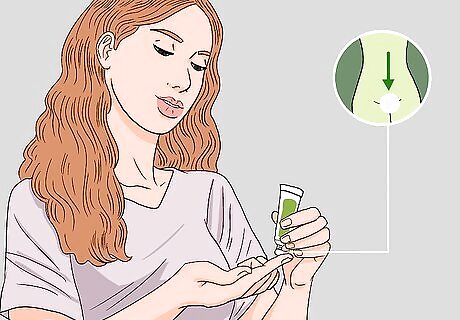
Insert antibacterial cream into your vagina if your doctor tells you to. Some other medications for bacterial vaginosis come as a cream or ointment. A common one is clindamycin. Insert the cream into your vagina according to your doctor’s instructions to fight the infection. Just like with oral antibiotics, don’t stop using the cream before you’re supposed to. Clindamycin can weaken condoms for up to 3 days after you complete the treatment.
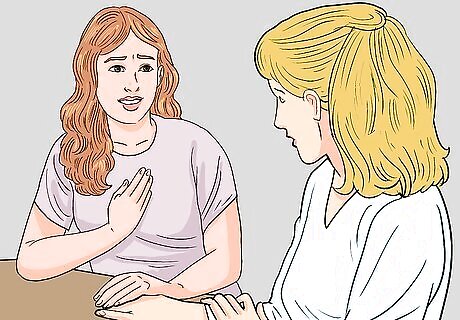
Encourage any female sex partners to see their doctor. While bacterial vaginosis doesn’t spread from females to males, it could spread to other females. If you have any female sexual partners, they could have the infection as well, so encourage them to visit their doctor for an exam.
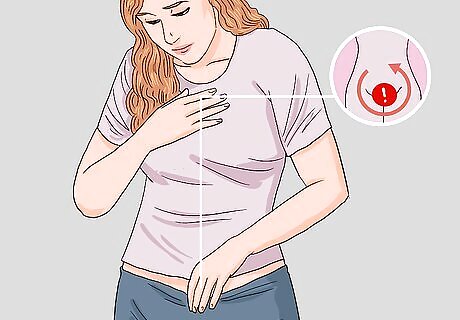
Monitor yourself for another infection. Unfortunately, it’s common for bacterial vaginosis to come back 3-12 months after the initial infection, even with treatment. Continue monitoring yourself for symptoms and if they return, visit your doctor again for another round of treatment. If you get repeated infections, your doctor may recommend taking metronidazole on a long-term basis.
Preventing More Infections
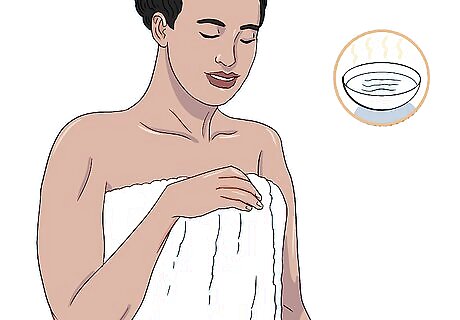
Wash your vagina with plain warm water. You might think that cleaning your vagina will prevent infections, but this isn’t always true. Any irritation could put you at risk for bacterial vaginosis, and even mild soap could cause irritation. Only use plain warm water to wash your genitals.
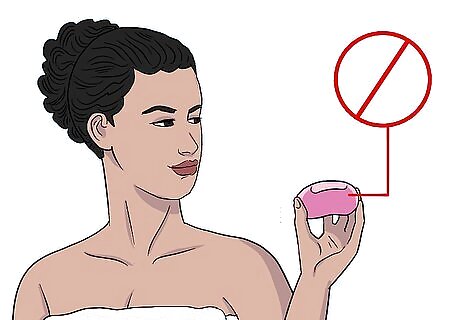
Avoid using any scented soaps or deodorants near your vagina. These products all have fragrances and could cause irritation. It's best to keep them away from your vagina.

Use a condom every time you have sex. While bacterial vaginosis isn’t considered an STI, it does seem like sex puts you at a higher risk. Wear a condom every time to reduce your risk of catching any infections, including STIs. If you have a female sex partner, you could use a dental dam to avoid direct vaginal contact.
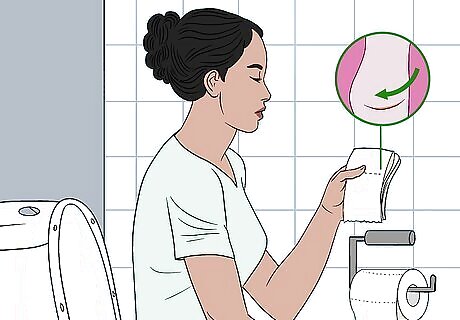
Wipe from front to back. This keeps any feces or bacteria away from your vagina.
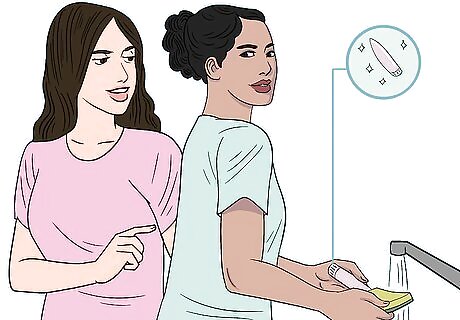
Wash any shared sexual toys if you have a female sex partner. Bacterial vaginosis can spread between people with vulvas, so be sure to carefully wash any shared toys that you use to prevent infections.
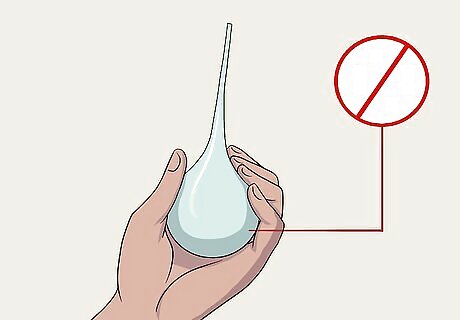
Avoid douching to maintain the healthy bacteria in your vagina. Douching does remove bacteria from your vagina. The problem is that it removes healthy bacteria too, putting you at a higher risk for bacterial vaginosis. Avoid douching entirely to reduce your risk of infection.

Wear cotton or cotton-lined underwear. Bacteria grows better in moist places. Cotton absorbs moisture, which makes it harder for bacteria to grow in your vagina.




















Comments
0 comment